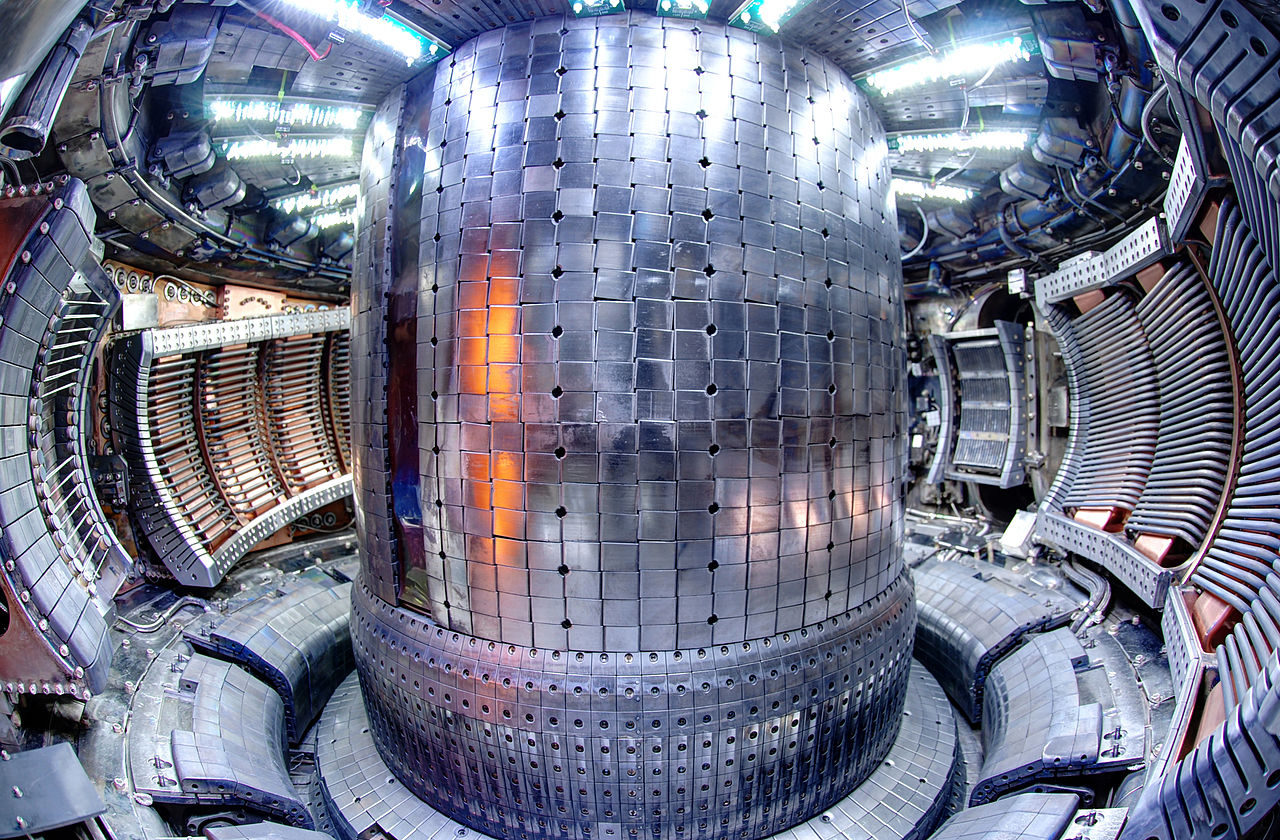The Real MIT Fusion Announcement

Written by Tim Lash, Focus Fusion Society Contributor.
This past week many mainstream media outlets devoted coverage to an announcement of a fusion research project at the Massachusetts Institute of Technology (MIT). The MIT announcement highlighted an effort to develop a compact tokamak fusion reactor. The headline grabbing news was the prediction that this would yield electricity to the grid in 15 years. Much of this coverage positioned the announcement as possible due to some new novel scientific break-though. Let’s take a closer look.
The tokamak device proposed by MIT is essentially the same design proposed by Russian scientists nearly 70 years ago. Tokamaks, invented in the 1950s by Soviet physicists Igor Tamm and Andrei Sakharov, grew from an original idea of Oleg Lavrentiev. In Russian, the word “tokamak” abbreviates “toroidal chamber with magnetic coils”. So the proposed MIT design adopts this well known configuration. The size of the proposed device does go against modern convention. Scientists have pushed for larger and larger devices as embodied by the massive international ITER tokamak project. MIT proposes to scale down tokamak reactor size which will reduce costs.
Press coverage also emphasized that the magnets would be superconducting. Yet modern tokamaks normally use superconducting magnets. The MIT twist is to use “A newly available superconducting material – a steel tape coated with a compound called yttrium-barium-copper oxide, or YBCO…” Yet YBCO, discovered in 1986, hardly qualifies as a recent innovation. To MITs advantage, YBCO becomes superconducting above liquid nitrogen temperatures which will make cooling the magnets cheaper. Lastly, this work at MIT dates back several years. This is not a newly proposed project. Here’s a video from two years ago that lays out this project.
So MIT announced an ongoing fusion project based on a 70 year old design using 30 year old magnet technology. What’s the new part? Money. The real news from the announcement outlines a $50 million dollar private round of financing to support this work. New funding for fusion research is always good news. It is a bit disappointing that the research will strive for “dirty” fusion (fusion that produces neutrons). Neutrons normally escape and eventually make the reactor materials brittle and radioactive. The MIT scientists plan to thermalize the neutrons and keep them inside the reaction chamber, but this has never been possible. It represents a huge challenge toward viability of their design.
Here at FocusFusion.org we advocate for aneutronic fusion efforts which produce no radioactive waste such as the LPPFusion project. LPPFusion also plans for small reactors that can be cheaply constructed without the need for esoteric super cold magnets.